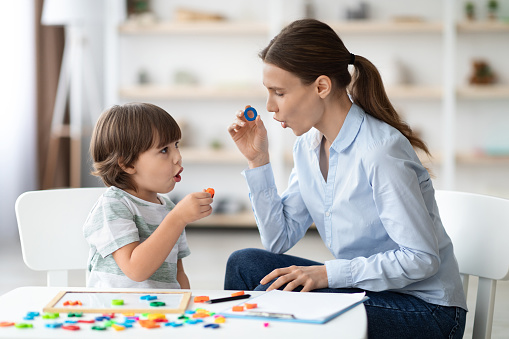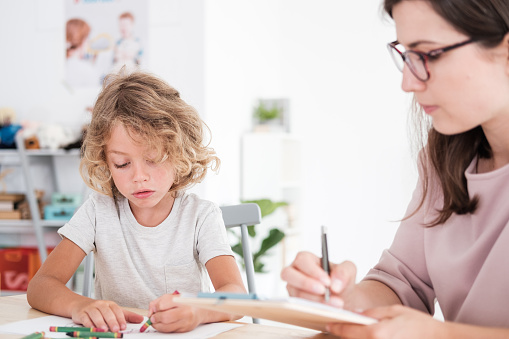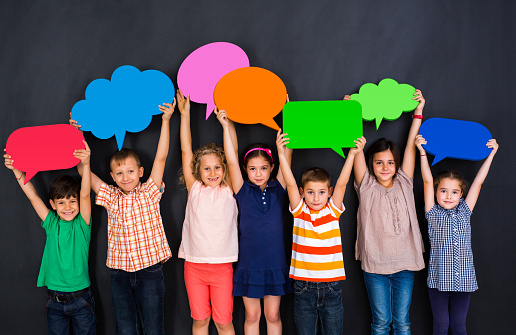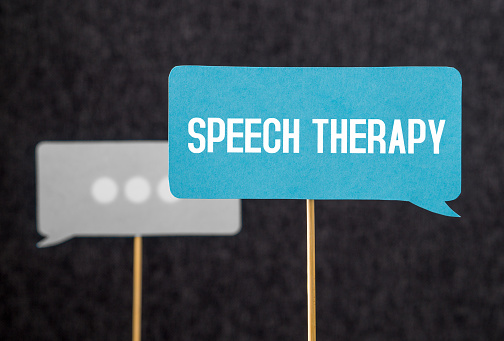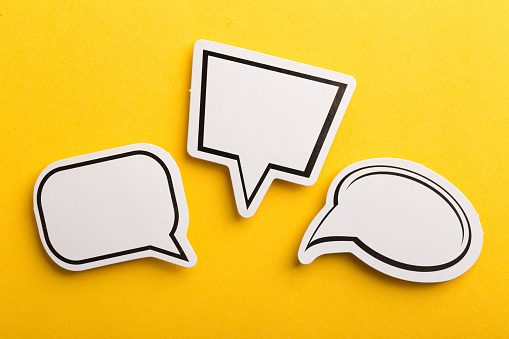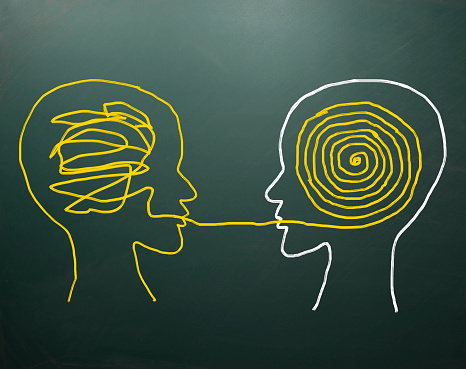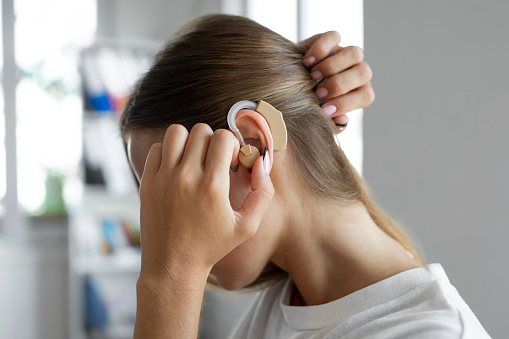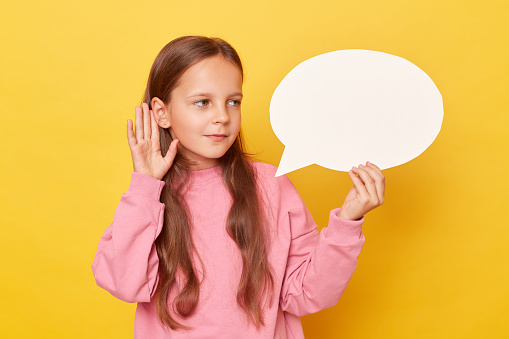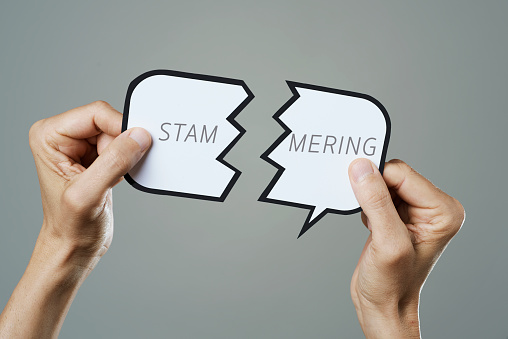Deafness
What is deafness?
Deafness is different for every child.
- Some children can hear louder sounds (for example, a dog barking) but not softer/quieter sounds (for example, birds outside).
- Other children have a greater hearing loss and do not hear louder sounds
- Some children have difficulty hearing high pitch sounds (for example, a whistle) while others have difficulty hearing low pitch sounds (for example, cars rumbling along the road)
- Some children have difficulty hearing both high and low pitch sounds.
Children with hearing loss typically miss out on hearing others speaking or don’t hear the words clearly. Children learn spoken language from hearing other people speaking. Children with hearing loss can be given extra support with communication by their families and adults who work with them.
Supporting your dead child with communication from childhood
Auditory training
Types of hearing loss
There are different types of hearing loss, different causes of hearing loss and different severities/levels of hearing loss. Find out more about the different types of hearing loss >
How can I support a child with hearing loss?
The video ‘Supporting your deaf child from babyhood’ includes strategies for supporting communication starting from babyhood. The video is for parents/carers of young children and may also be useful for adults working with young children.
Speech and Language Therapists and Teachers of the Deaf can answer questions and offer advice about supporting communication. Wearing hearing technology (for example, hearing aids or cochlear implant processors) all waking hours helps children with hearing loss to develop spoken language. Parents can seek support with hearing technology from Audiology, a Teacher of the Deaf or a Speech and Language Therapist.
How can I support a child with their listening?
Hearing through hearing technology is not the same as typical hearing. The sound a child hears through hearing technology is less clear and is different for every child. This means that deaf children are likely to need some extra help with developing their listening. You can support a child with their listening by:
- Supporting the child to wear their hearing technology all waking hours – speak to your Speech and Language Therapist or Teacher of the Deaf if this is proving difficult
- Reducing background noise (turn off the washing machine, tumble dryer, TV as much as you can)
- Singing action songs (or singing and signing) together – sing the same songs over and over
- Musical activities
- Using a sing-song voice when you say your child’s name
- Using particular phrases over and over within a familiar routine (for example ‘up..up..up!’, ‘ready, steady, go!’, ‘one, two, three, whee!’)
Your child’s Speech and Language Therapist or Teacher of the Deaf may recommend particular activities for your child. The video ‘Auditory training’ includes information about auditory training which your Speech and Language Therapist may recommend and guide you with.
Signing
If parents themselves are deaf their preferred language may be British Sign Language (BSL). BSL is a full language which does not include spoken words and which has a different structure to English.
In some families, parents may choose to learn BSL to support their child. BSL can be taught by a qualified BSL teacher. In some families, parents may learn signs to use alongside spoken language (for example, Sign Supported English) to support their child.
Speech and Language Therapists and Teachers of the Deaf can answer questions about learning signs to use alongside spoken language and/or about learning BSL.
